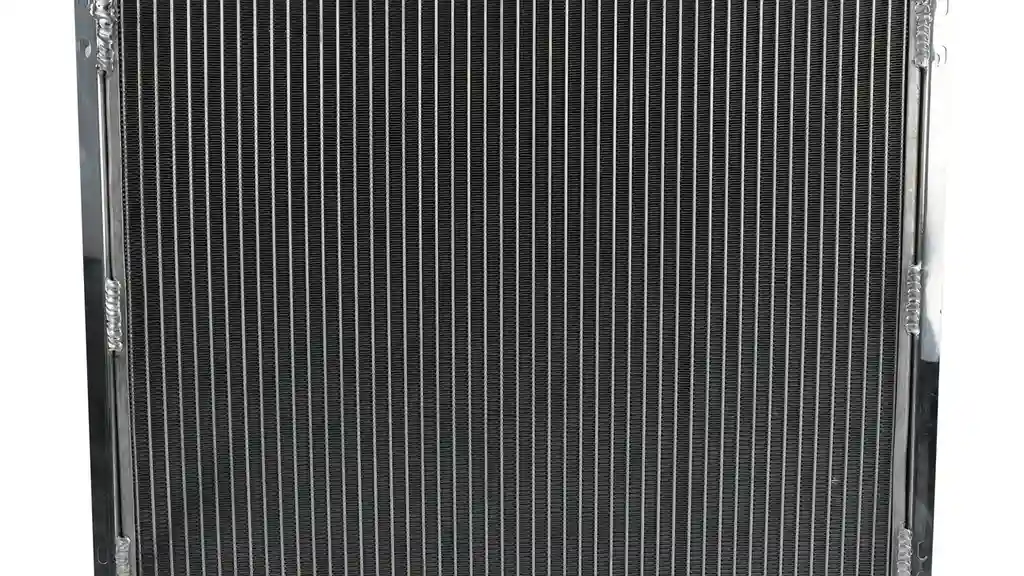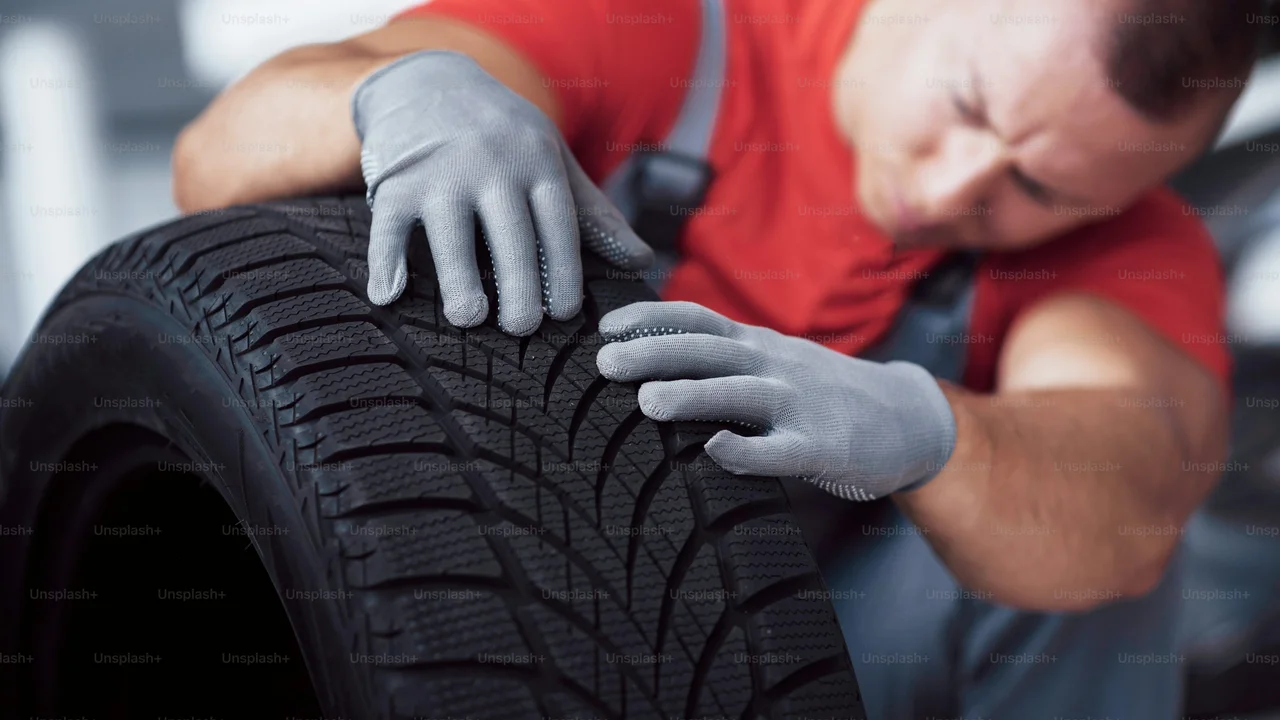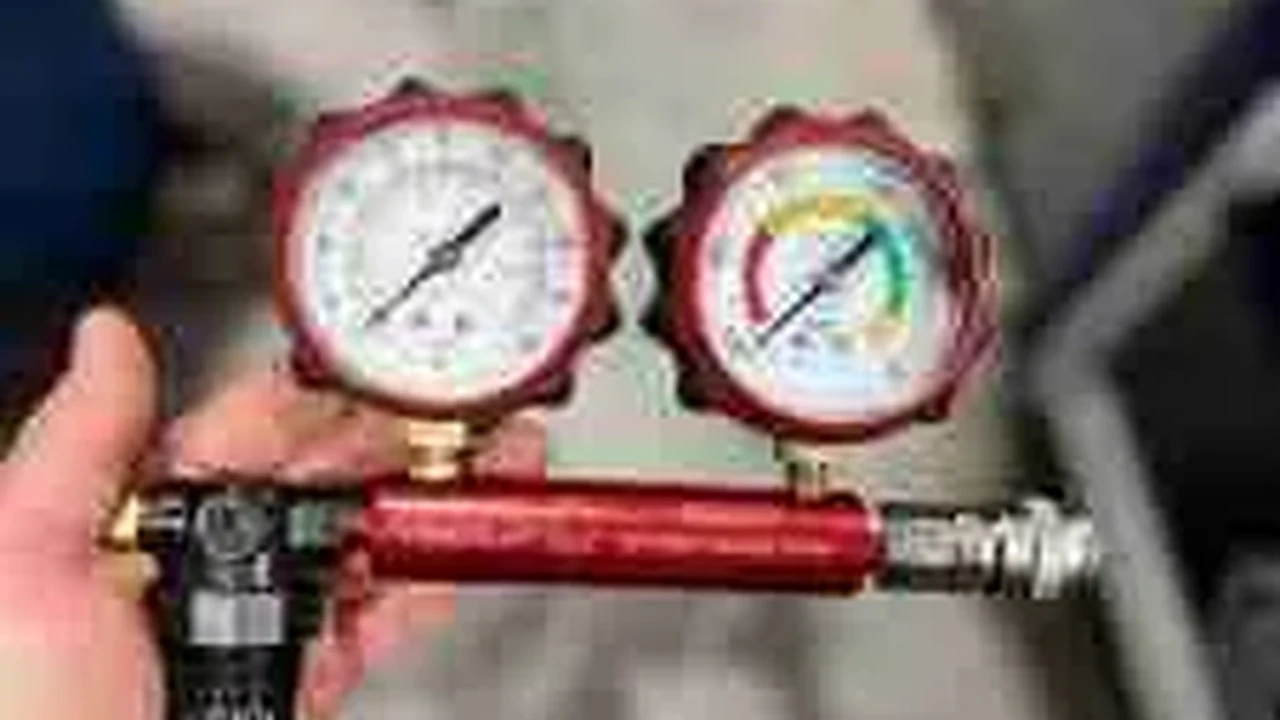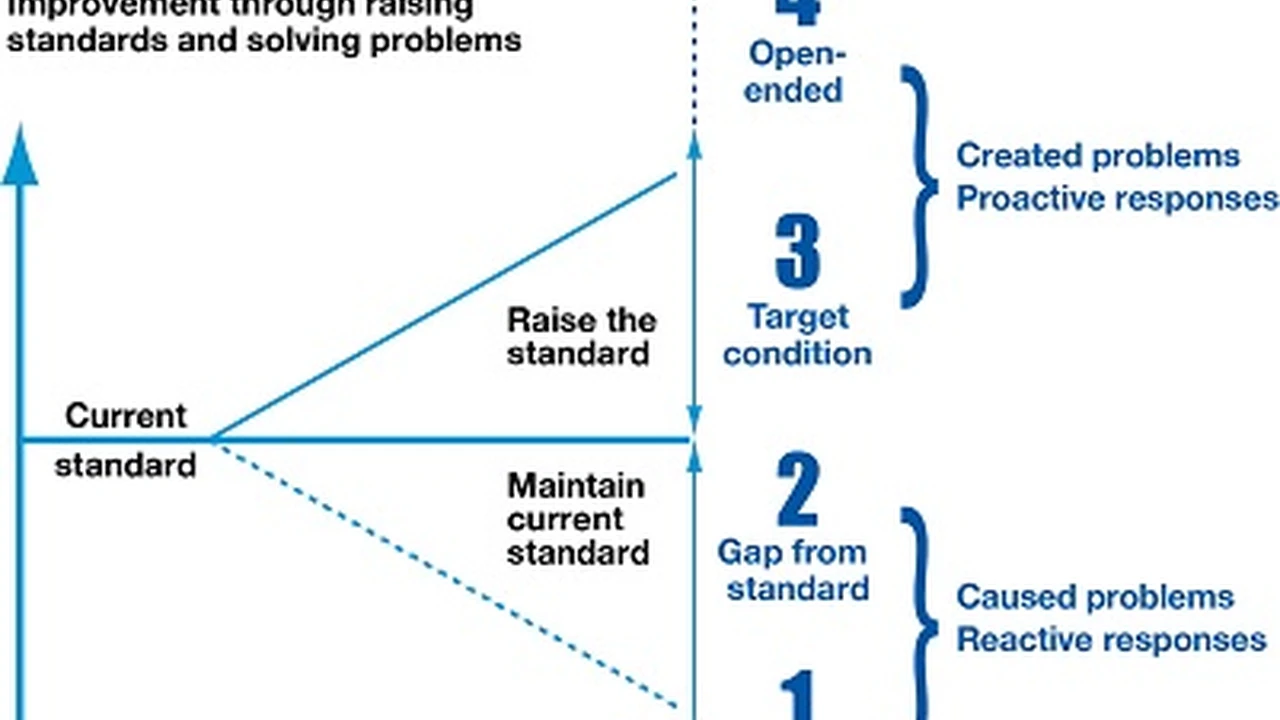Performance Radiators: Keeping Your Engine Cool Under Pressure
Upgrade your intake system for more power We review the 7 best cold air intakes comparing their airflow filtration and ease of installation Get the most out of your engine with a high-performance intake

Why a Performance Radiator Matters for Engine Cooling
Alright, let's talk about keeping your engine cool. You might be thinking, "Hey, my stock radiator seems to be doing okay." And maybe it is, for everyday driving. But when you start pushing your engine – tuning it, adding performance parts, hitting the track – things change. Your engine starts generating a LOT more heat. A stock radiator, designed for a stock engine, might not be up to the task. That’s where a performance radiator comes in.
Think of it like this: your engine is like an athlete. During a light jog, they're fine. But during a marathon, they need extra hydration and cooling to perform their best and avoid overheating. A performance radiator is that extra cooling for your engine.
Understanding Radiator Basics for Better Cooling Performance
Before we dive into performance radiators, let's quickly review how a radiator works. It's actually pretty simple.
- Hot coolant from the engine flows into the radiator.
- The coolant passes through a core made up of tubes and fins.
- Air flows across the fins, drawing heat away from the coolant.
- The cooled coolant then returns to the engine to absorb more heat.
The key to a good radiator is its ability to efficiently transfer heat from the coolant to the air. That efficiency depends on several factors, including the core material, core size, and fin design.
Core Material Selection for Superior Radiator Cooling
The core material is a big deal. You'll typically find radiators made of aluminum or copper. Aluminum is the most common choice for performance radiators for a few key reasons:
- Weight: Aluminum is much lighter than copper, which is important for performance. Less weight means better handling and acceleration.
- Heat Transfer: While copper has a slightly higher thermal conductivity, aluminum radiators can be designed with larger surface areas to compensate.
- Cost: Aluminum radiators are generally more affordable than copper radiators.
You might see some older cars with copper/brass radiators, but for performance applications, aluminum is the way to go. Look for radiators made from high-quality aluminum alloys for the best heat transfer and durability.
Core Thickness and Design Maximizing Cooling Efficiency
The core is the heart of the radiator, and its thickness and design play a crucial role in cooling efficiency. You'll typically see radiators described as single-core, dual-core, or even triple-core.
- Single-Core: These are the thinnest and generally offer the least cooling capacity. They're often found in stock applications.
- Dual-Core: A common upgrade, dual-core radiators offer significantly more cooling capacity than single-core radiators. They provide a good balance of performance and fitment.
- Triple-Core (or even Quad-Core): These radiators offer the highest cooling capacity but can be bulky and may require modifications to fit. They're typically used in high-horsepower applications or racing.
Beyond the number of cores, the design of the core itself matters. Look for radiators with tightly packed fins to maximize surface area and heat transfer. Some radiators also feature specialized fin designs, like louvered fins, to further enhance cooling efficiency.
Radiator Fin Density and Configuration Heat Dissipation
Fin density, measured in fins per inch (FPI), affects how much air can flow through the radiator core. Higher FPI generally means more surface area for heat transfer, but it can also restrict airflow.
The ideal FPI depends on the application. For street cars, a moderate FPI (around 12-16 FPI) is a good balance of cooling and airflow. For racing applications, where airflow is often maximized with fans and ducting, a higher FPI might be beneficial.
Choosing the Right Radiator Size and Fitment Considerations
Size matters! You need a radiator that fits your vehicle and provides adequate cooling capacity. Before you buy, check the radiator's dimensions and compare them to your stock radiator or the available space in your engine bay.
Also, consider the location of the inlet and outlet connections. You want a radiator that connects easily to your existing coolant hoses. Some performance radiators may require you to purchase adapter fittings.
Performance Radiator Brands and Product Recommendations
Okay, let's get into some specific radiator recommendations. Here are a few popular brands and products known for their quality and performance:
- Mishimoto: Mishimoto is a well-known brand in the performance cooling market. They offer a wide range of radiators for various vehicles, known for their quality construction and efficient cooling.
- Product: Mishimoto Aluminum Radiator (Various Models)
- Use Case: Street/Track Performance, high horsepower applications
- Comparison: Mishimoto radiators are generally more expensive than some other brands, but they offer excellent quality and cooling performance. They are a good choice for enthusiasts who are serious about keeping their engine cool.
- Price: $300 - $600
- CSF Radiators: CSF is another reputable brand that specializes in cooling systems. They offer a variety of performance radiators, including all-aluminum models designed for high-performance applications.
- Product: CSF High-Performance Radiator (Various Models)
- Use Case: Street/Track Performance, OEM Replacement
- Comparison: CSF radiators are known for their excellent fitment and cooling performance. They offer a good balance of price and quality.
- Price: $250 - $550
- KoyoRad: KoyoRad is a Japanese manufacturer known for their high-quality aluminum radiators. They are a popular choice for Japanese vehicles, but they also offer radiators for other makes and models.
- Product: KoyoRad Aluminum Radiator (Various Models)
- Use Case: Street/Track Performance, particularly for Japanese vehicles
- Comparison: KoyoRad radiators are known for their excellent build quality and cooling performance. They are a good choice for enthusiasts who want a top-of-the-line radiator.
- Price: $350 - $700
- Champion Cooling Systems: Champion Cooling Systems offers more budget-friendly aluminum radiators that still provide significant improvements over stock.
- Product: Champion Aluminum Radiator (Various Models)
- Use Case: Street Performance, Budget-Friendly Upgrade
- Comparison: Champion radiators are a good option for enthusiasts who want to upgrade their cooling system without breaking the bank. While they may not offer the same level of performance as more expensive brands, they still provide a noticeable improvement over stock.
- Price: $150 - $350
Installation Tips and Considerations for New Radiator Installation
Installing a performance radiator is generally a straightforward process, but here are a few tips to keep in mind:
- Drain the Coolant: Before you start, make sure to drain all the coolant from your cooling system.
- Disconnect Hoses: Carefully disconnect the coolant hoses from the radiator.
- Remove the Old Radiator: Unbolt the old radiator and remove it from the engine bay.
- Install the New Radiator: Place the new radiator in the engine bay and bolt it in place.
- Connect Hoses: Connect the coolant hoses to the new radiator.
- Fill the Coolant: Fill the cooling system with the correct type of coolant.
- Bleed the System: Bleed the cooling system to remove any air pockets. This is crucial to prevent overheating.
- Check for Leaks: After installation, check for any leaks in the cooling system.
It's always a good idea to consult your vehicle's repair manual for specific instructions on how to replace the radiator.
Matching Radiator Selection to Specific Driving Applications
The best performance radiator for you depends on your driving style and the modifications you've made to your engine.
- Street Performance: A dual-core aluminum radiator is often sufficient for street performance applications.
- Track Days: For track days, you might want to consider a triple-core radiator or a radiator with a more efficient fin design.
- High Horsepower: If you've significantly increased your engine's horsepower, you'll need a radiator with a high cooling capacity.
Also, consider your climate. If you live in a hot climate, you'll need a more efficient radiator to keep your engine cool.
Beyond the Radiator Additional Cooling System Upgrades
A performance radiator is a great start, but you can further improve your cooling system with other upgrades:
- Electric Fans: Upgrading to high-performance electric fans can significantly improve airflow through the radiator.
- Coolant Hoses: Silicone coolant hoses are more durable and resistant to heat than rubber hoses.
- Water Pump: A high-flow water pump can circulate coolant more efficiently.
- Coolant: Using a high-quality coolant can improve heat transfer and prevent corrosion.
Troubleshooting Common Radiator Issues for Peak Performance
Even with a performance radiator, you might encounter some cooling system issues. Here are a few common problems and how to troubleshoot them:
- Overheating: Overheating can be caused by a low coolant level, a faulty thermostat, a clogged radiator, or a failing water pump.
- Leaks: Leaks can occur at the radiator cap, hoses, or core.
- Low Coolant Level: A low coolant level can be caused by a leak in the cooling system.
Regularly inspect your cooling system for any signs of problems. Addressing issues early can prevent more serious damage.
Maintaining Your Radiator for Longevity and Efficiency
To keep your performance radiator working its best, follow these maintenance tips:
- Flush the Cooling System: Regularly flush the cooling system to remove contaminants and prevent corrosion.
- Inspect Hoses and Clamps: Inspect the hoses and clamps for any signs of wear or damage.
- Check Coolant Level: Regularly check the coolant level and top it off as needed.
- Clean the Radiator Fins: Clean the radiator fins to remove any debris that can restrict airflow.
By following these maintenance tips, you can ensure that your performance radiator provides years of reliable cooling.
So, there you have it – a comprehensive guide to performance radiators. Remember to choose the right radiator for your vehicle and driving style, and don't forget to maintain it properly. Keeping your engine cool is crucial for performance and longevity, so invest in a good radiator and take care of it!
:max_bytes(150000):strip_icc()/277019-baked-pork-chops-with-cream-of-mushroom-soup-DDMFS-beauty-4x3-BG-7505-5762b731cf30447d9cbbbbbf387beafa.jpg)






